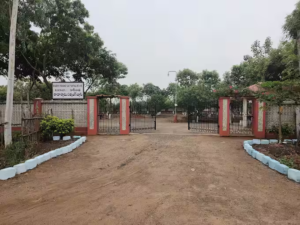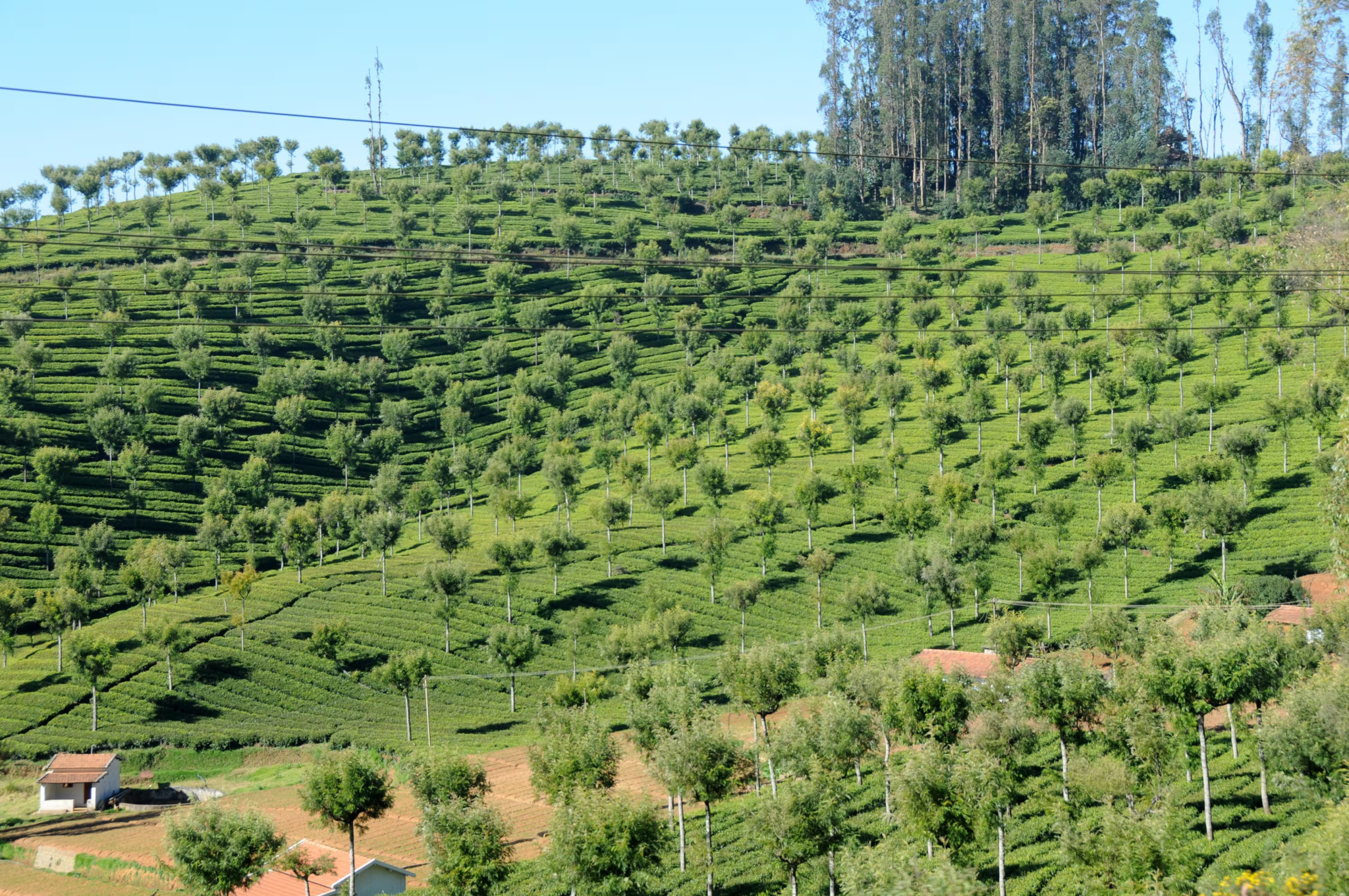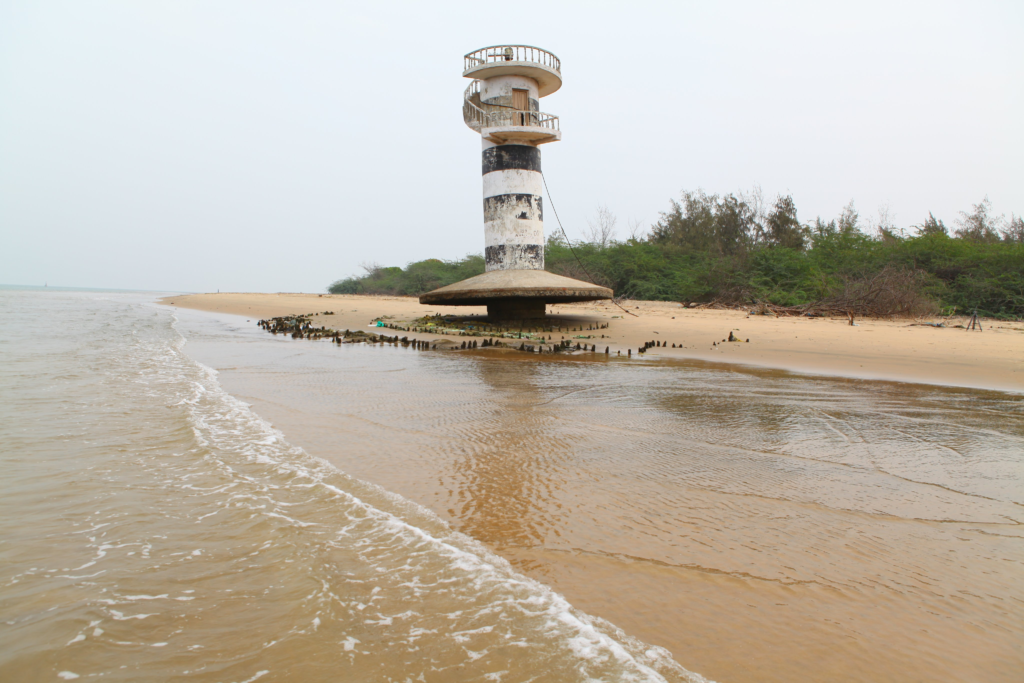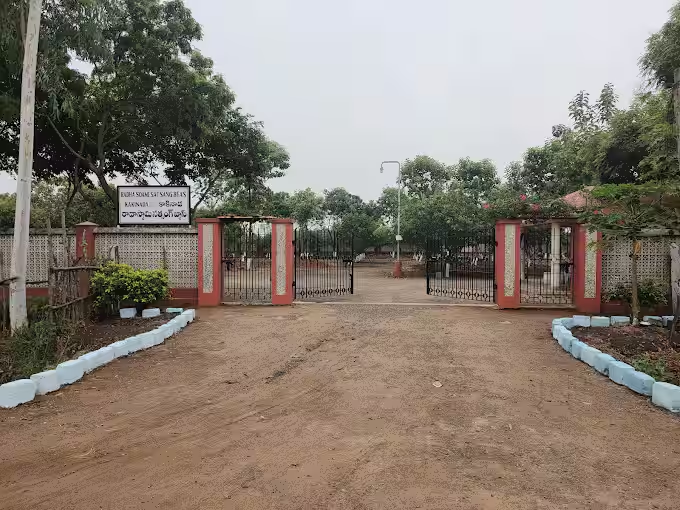Meta Description
Explore how agriculture shapes the economy of Kadapa in Andhra Pradesh—from staple crops and irrigation to emerging practices like livestock, horticulture, and rural credit—through the lens of travel and local insight.
Table of Contents
- Introduction: Ah, Kadapa!
- Agricultural Landscape & Climate
- Staple Crops & Crop Diversity
- Irrigation Infrastructure & Water Challenges
- Farmer Profiles, Landholding Patterns & Rural Credit
- Allied Sectors: Livestock, Horticulture & Natural Farming
- Agriculture & Local Tourism: A Case for Agri-Tourism
- On-the-Ground Travel Tips
- Conclusion: Farming’s Roots in Kadapa
1. Introduction: Ah, Kadapa!
Located in the Rayalaseema region of Andhra Pradesh, Kadapa (also known as YSR district) sits amid red-black soils, undulating terrains, and a semi-arid climate. This landscape tells a story: agriculture still anchors most livelihoods, even as mining and urban services scurry around its capital city of the same name.
2. Agricultural Landscape & Climate
Kadapa spans a vast 1.5 million hectares, with about 304,000 ha under cultivation and 279,500 ha cropped in one year. The region receives roughly 700 mm of annual rainfall (394 mm from the southwest monsoon, 251 mm from the northeast). However, recent years have seen deficits: June 2025 recorded a 60%+ rainfall shortfall in Kadapa and its neighbours, severely impacting the Kharif sowing season.
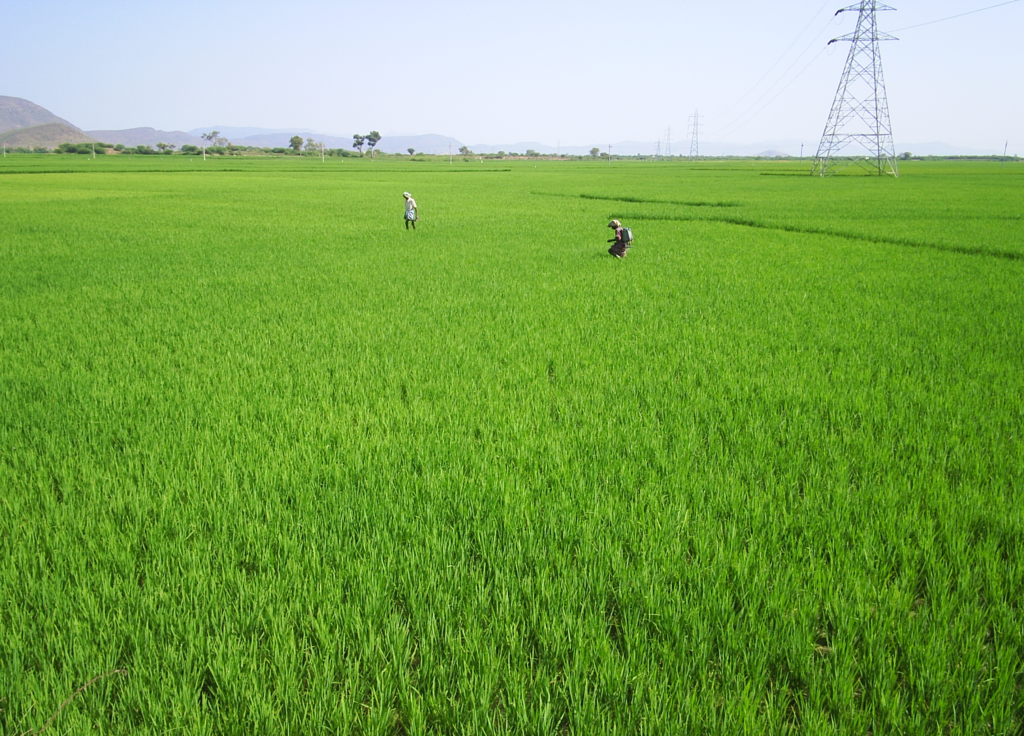
https://images.app.goo.gl/BR2S18vkZQJr2a4S8
3. Staple Crops & Crop Diversity
The crops you’ll spot from bus windows include paddy, groundnut, sunflower, cotton, red gram, Bengal gram, sesamum, along with fruit trees like mango, banana, lemon, and papaya. Paddy and pulses remain staples, while groundnut and cotton reflect crop diversification in rain-fed zones. The cropped area measures about 253,458 ha, of which 114,410 ha are irrigated.
4. Irrigation Infrastructure & Water Challenges
Water shapes farming in Kadapa. Major initiatives include:
- K.C. Canal from Tungabhadra via Sunkesula Dam (irrigates ~40 km²)
- Medium-scale projects: Sagileru, Brahmam Sagar, Annamayya, Pulivendula canals
- Reservoirs and the Galeru Nagari Sujala Sravanthi drinking water system
Despite these, ~60% of farmland is rain-fed, leaving crops vulnerable to monsoon variation—a concern amplified by rainfall deficits in 2025.
5. Farmer Profiles, Landholding Patterns & Rural Credit
Nearly half of the 488,584 landholdings are marginal farmers (<2.5 acres), followed by smallholders and a few large estates. Commercial banks like SBI, Canara, and Andhra Bank are lifelines for farm credit, with marginal borrowing often under ₹50,000. Borrowers prefer banks offering low interest and timely loans. About 63% reported loan disbursement within 15 days. Still, small farmers list delays and collateral requirements—such as title deeds or personal guarantees—as key challenges.
6. Allied Sectors: Livestock, Horticulture & Natural Farming
Agriculture in Kadapa isn’t just tilling soil—it pulses in allied areas too.
- Livestock: Statewide, 4.2 million families depend on dairy and poultry. Andhra Pradesh leads in egg and significant in meat/milk production.
- Horticulture: The district hosts a horticultural college under Dr. Y.S.R. Horticultural University. Statewide, the chief minister aims to double horticulture zone coverage (36 lakh ha) with micro‑irrigation support.
- Natural farming initiatives are spreading in Andhra, promoting organic resilience against climate extremes.
7. Agriculture & Local Tourism: A Case for Agri-Tourism
As a traveller, you can engage directly with South Indian fields—join millets harvest, rainbow-colored chili yards, or peanut farms. Horticultural campuses sometimes open educational visits. Pair that with Kadapa city’s cultural beats and nearby temples for a blended getaway.

https://images.app.goo.gl/YKU1JdPfJMMjisan8
8. On-the-Ground Travel Tips
- Best time to visit: October–March for cooler weather and harvested fields.
- Explore by road: Rent a bike to traverse rural routes, lush plantations, and nearby dams like Brahmam Sagar.
- Farm-stay possibilities: Look for village homestays that connect travellers with seed-setting and irrigation cycles.
- Seasonal festivals: Rabi harvest, rope-making fairs, and local markets offer immersive cultural encounters.
9. Conclusion: Farming’s Roots in Kadapa
Agriculture in Kadapa is more than food—it’s identity. Rooted in rain patterns, canal-fed resilience, and centuries-old soil stewardship, farming sustains both economy and culture. Challenges—credit access, water scarcity, climate risk—remain. But with expansion in livestock, horticulture, natural farming, and irrigation schemes, Kadapa strides forward. For travellers, this is a fertile ground for understanding South India’s agrarian heartbeat.



